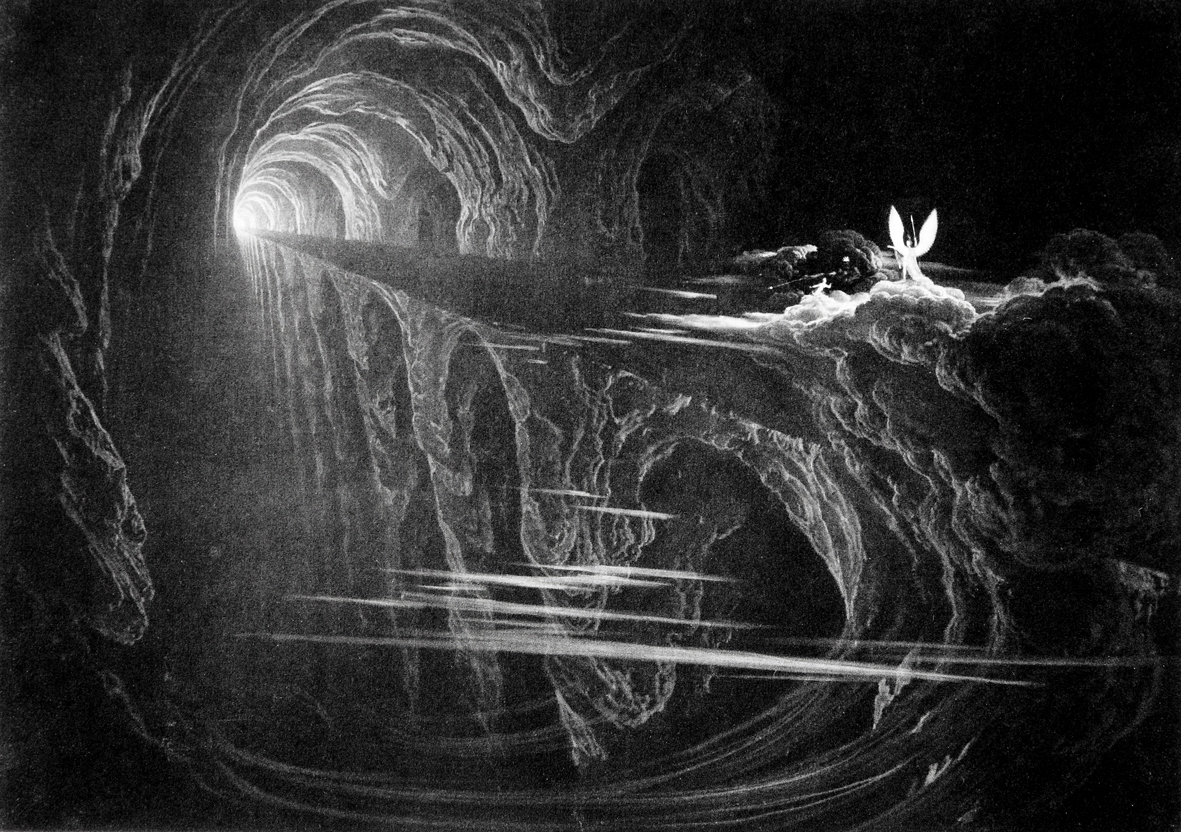Great find, i wouldn't have found that in a million years!
Ive been to many Groves over the years and listened to many tales from Irish and Celt mythology, i struggled to find any reference to Mountains in any of the books i have.
The issue is a crossover, Druids/pagans who held Celtic beliefs (The Morrigan / Brigid etc) had no real connection to mountains but forests/woods/rivers and general nature, the British Isles is not known for its mountain ranges!
Anglo Saxon pagans such as myself would have heard of Scandinavian snow topped mountain ranges and tales of the gods we all know and love from the Viking saga's.
Most of my studies and beliefs come from this era where pagans pretty much followed (and still do) the Norse gods (Woden is Odin etc) obviously many of those tales and the story's i grew up with are Scandinavian.
The only reference i could think of so far was more likely a description of Glastonbury Tor (from a text i cant find for the life of me) on the Battle of Camlann.
I really should get my books in some sort of order, my room looks like the library in Minas Tirith

O7
Excellent, things are starting to maybe become a little clearer then, thanks for the insight.
The Peat-Fire Flame is available
online via the National Library of Scotland and seems to be a collection of Scottish folk stories. I have not read it all, as only found it via key word analysis.
This concept of
Fairy folk and their underground kingdom, could be a conflation / adaptation of the various Scottish and Irish mythologies of
The Aos Sí; The Daoine Sìth / The Tuatha Dé Danann. Likewise this term relating to ‘beauty’ may link to the various tales associated to these folk, of a beautiful isle or of beautiful woman, both hypothetically a sign of youth and fertility?
This is of interest as such a contextual adaptation was something covered by
Robert Holdstock in his book The Lost Realms.
This becomes more interesting given the existence of systems in the bubble with bodies named after
Welsh and
Scottish hills and mountains, many of these may have links to tumulus or
barrows (ancient burial grounds thought to be doorways to the Otherworld) many have old Norse naming origins. There are ‘mountains’ in the UK, mostly attributed to the West and North and of course mostly into Scotland.
Now in hindsight this link is purely
speculative. There is little to
no evidence in game to support the hypothesis the reference to Beaumont equals ‘beautiful mountain’ that equals ‘the fairies of the Otherworld’, although it is compelling?! Likewise to date, there is seemingly
no direct link to any such ‘beautiful mountain’ to Celtic mythology that I can find apart from this one source.
At most this hypothesis is purely speculative.
If true - the author may be either making a direct reference to a specific system in the Lost Realms zone of below it, that has some obscure naming linked to the above concept, or it is the concept itself; that of a liminal space of the ‘
Otherworld’ and the various clues are simply identifying a general area?
Technically this is
still too wide, without actual evidence, unless it is a conceptual puzzle, in which case it’s already been resolved, more likely the hypothesis regarding Beaumont is simply bias projection, especially so given such a link is tenuous at best.
The Lost Realms of Robert Holdstock
https://forums.frontier.co.uk/threads/the-quest-to-find-raxxla.168253/post-10214625
Those with eyes to see - The Journey to the pagan underworld to the fairy kingdom
https://forums.frontier.co.uk/threads/the-quest-to-find-raxxla.168253/post-10342908
*
updated link: Conclusion


